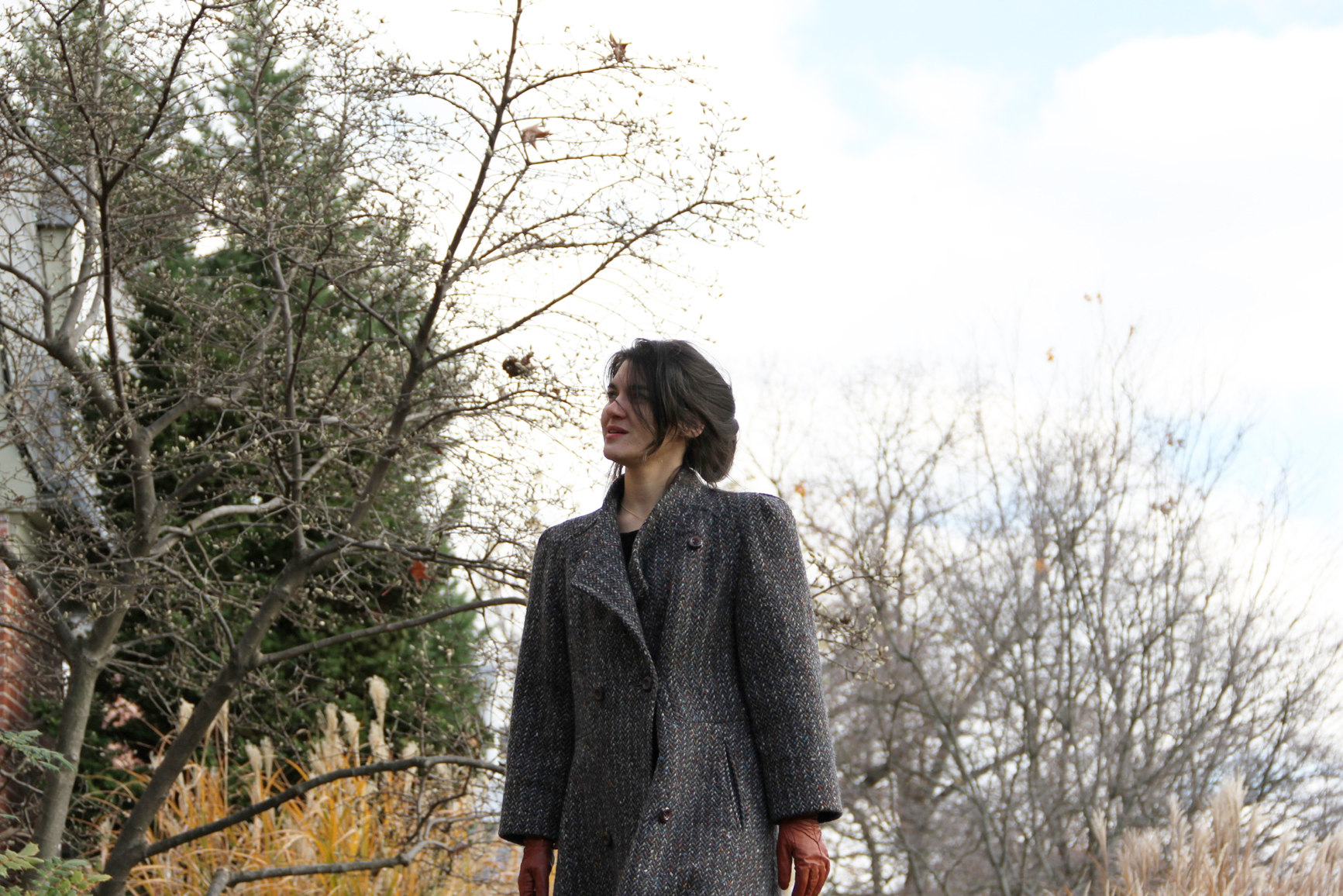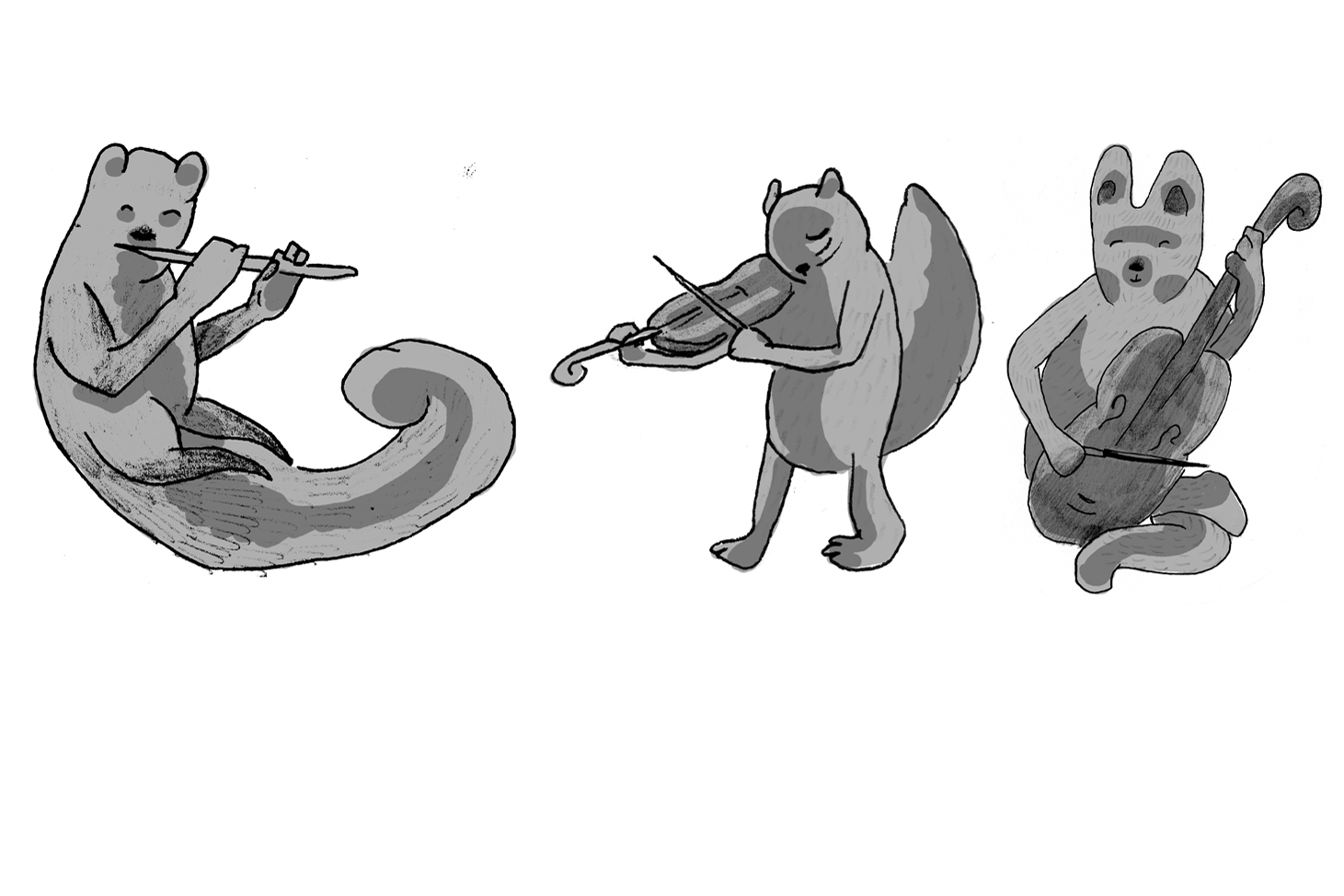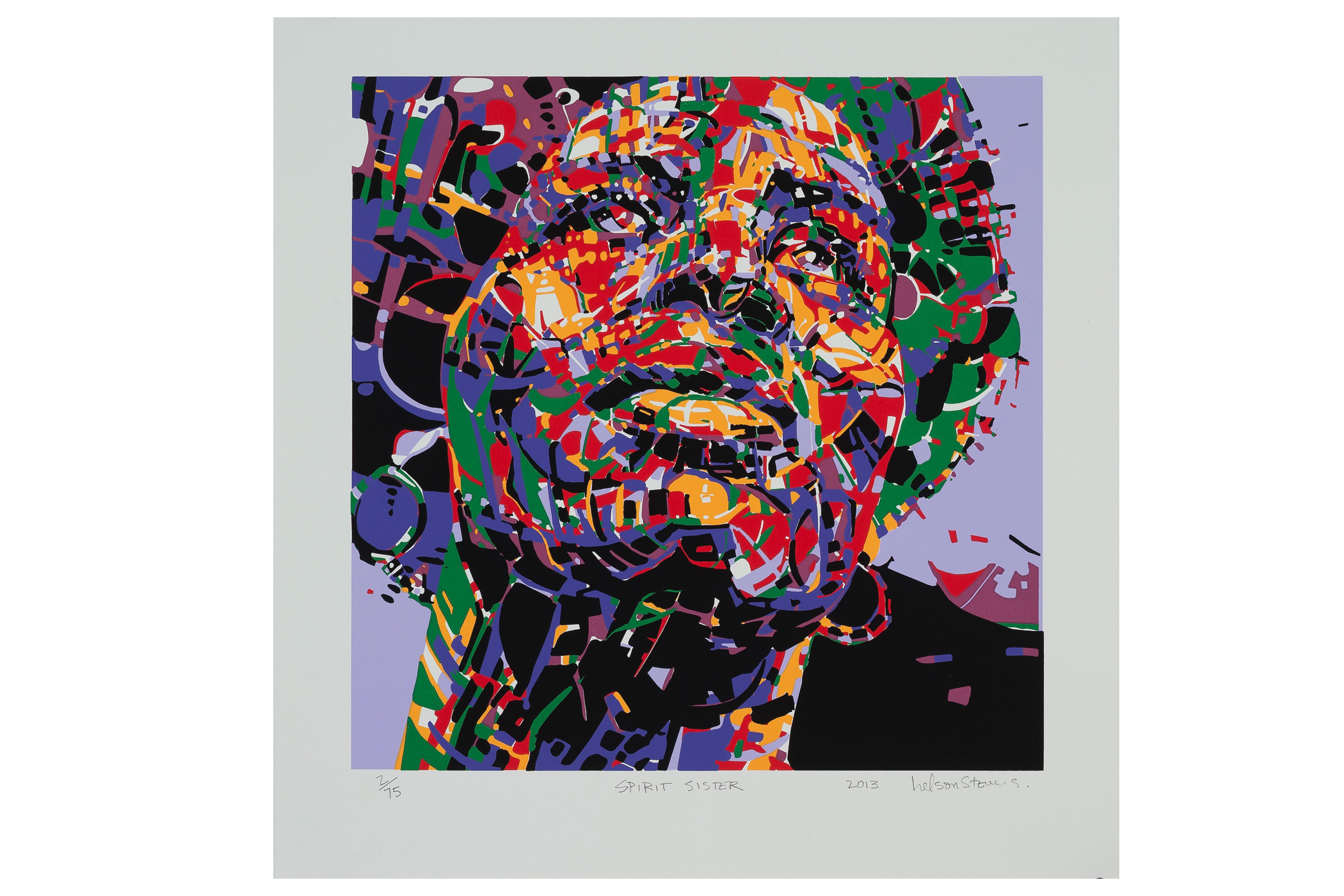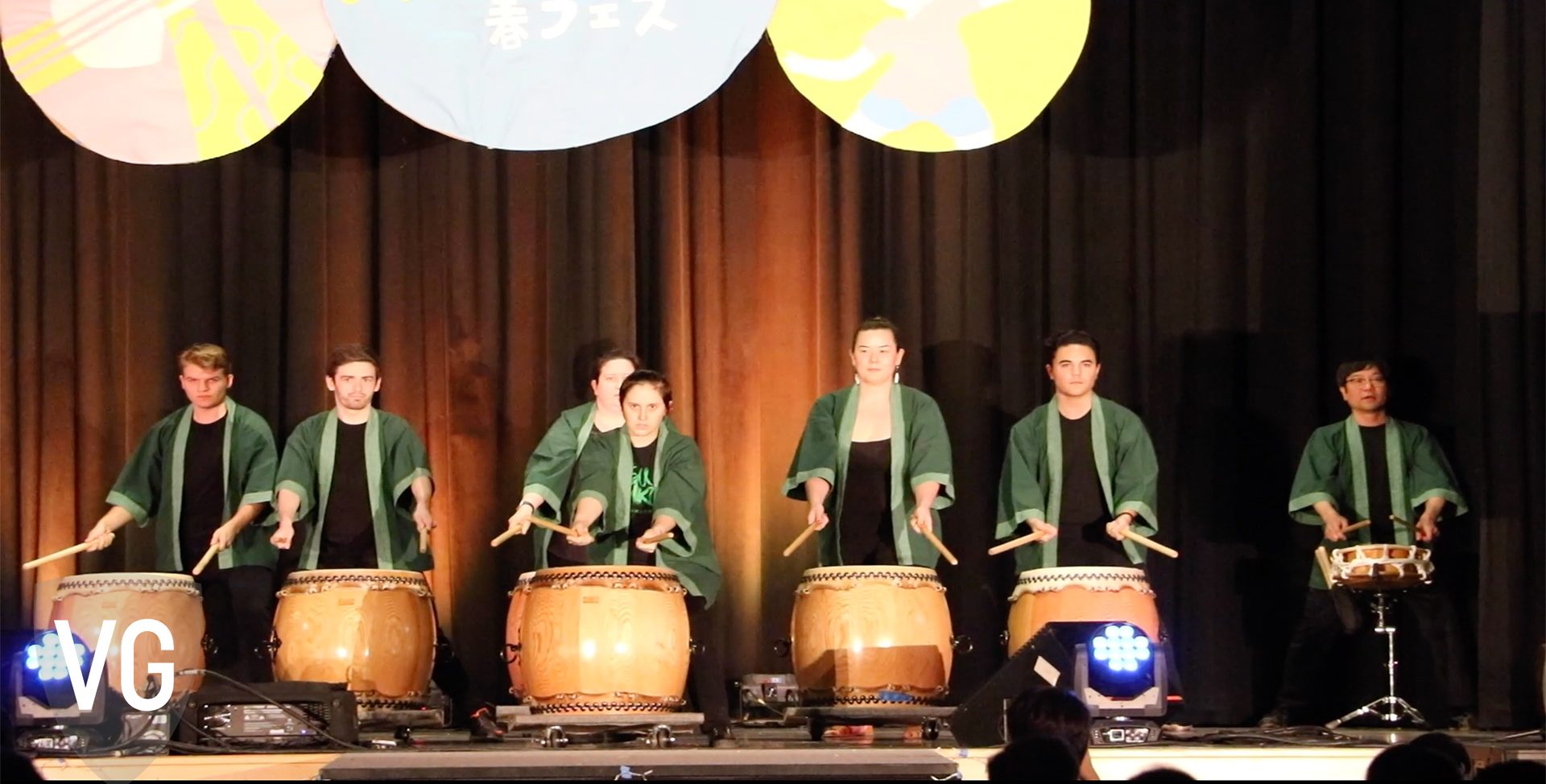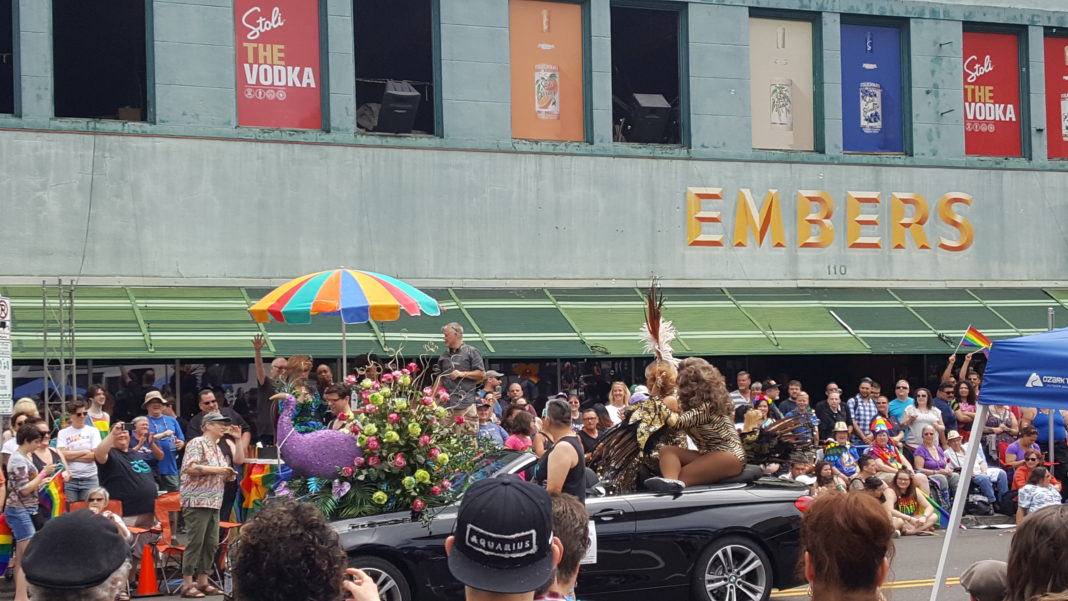The Jewish Studies program is launching a new residency that will bring a visiting artist to campus for a full term to teach an undergraduate course. This fall, that position will be filled by the award-winning, internationally acclaimed artist Alicia Jo Rabins, a composer, musician, performer and poet.
Her course, Arts and Jewish Experience: Exploring Diverse American Identities through Art, will give students the opportunity to work firsthand with a practicing artist while exploring culture and identity. Students will be invited to think about their cultural traditions, their ancestors, how they define themselves and how art can help them contemplate complicated questions.
“I believe profoundly in the two-way power of art to help us explore these ideas. Art can help us understand our own experiences, situations and beliefs, and communicate them to others; it can also help us learn about those who are different from us,” Rabins said.
As a Jewish-American feminist musician and writer, Rabins pursues the intersection of ancient Jewish texts and gender studies in her own works. The class is grounded in Jewish studies as a jumping-off point, but will use music, dance, visual art and writing to explore a range of American identities including race, religion, sexuality, gender and class, while focusing on both the creative process and analysis.
Rabins was inspired by the way so many people today are claiming and celebrating various identities. Her class will ask how we understand and examine those identities, how we can share those experiences with others, and how we can expand our empathy and consciousness beyond their boundaries. The primary vehicle for doing so is art.
“Art can be a light to help us better understand the terrain of our complicated identities,” Rabins said.
An experienced teacher in addition to being an artist, Rabins compared making art and teaching as similar vocations. Part of the job entails being prepared, but she said it’s just as important to stay open to the moment. She never really knows what will happen when she sets out to create something.
“I have spent tens of thousands of hours strengthening my artistic craft, but an equally important part of my job is remaining open to the magic,” Rabins said.
For her, it’s the same with teaching. “I see the classroom as a sacred space, where we all show up in the middle of everything else that is going on in our busy lives, our jobs and errands and care-taking, and for just a little time we do the best that we can to set that aside and learn from each other,” Rabins said.
She is interested in how other artists, as well as students and those who do not consider themselves professional artists, use fine arts and craft practices to investigate identity. She will bring a range of artistic forms and media to the class, from pop music and poetry to video and memoir.
“One class will focus on punk explorations of identity ranging from Muslim-American to Irish to African-American to Ashkenazi Jewish. Another session will investigate storytelling and poetry from African-American, Native, Latino/Latina, Asian-American and queer voices,” Rabins said.
She has designed the course to be fun and engaging, and to value the students’ voices as much as any of the texts being studied. She also hopes students will incorporate work by some of their favorite musicians, writers, artists and filmmakers. They will have the choice between creating an artistic project or a research paper.
“I’ll be very much available to help students think through ways they might want to engage with the final process,” Rabins said. “Interviewing family members, watching a range of films about diverse cultures, creating a dance piece or studying other artists who explore identity—any of these would be great ways to begin.”

